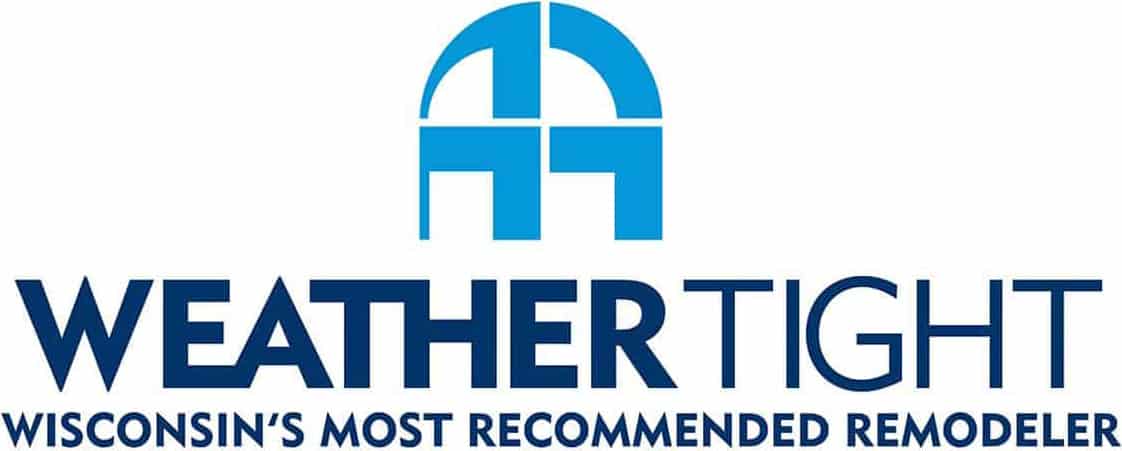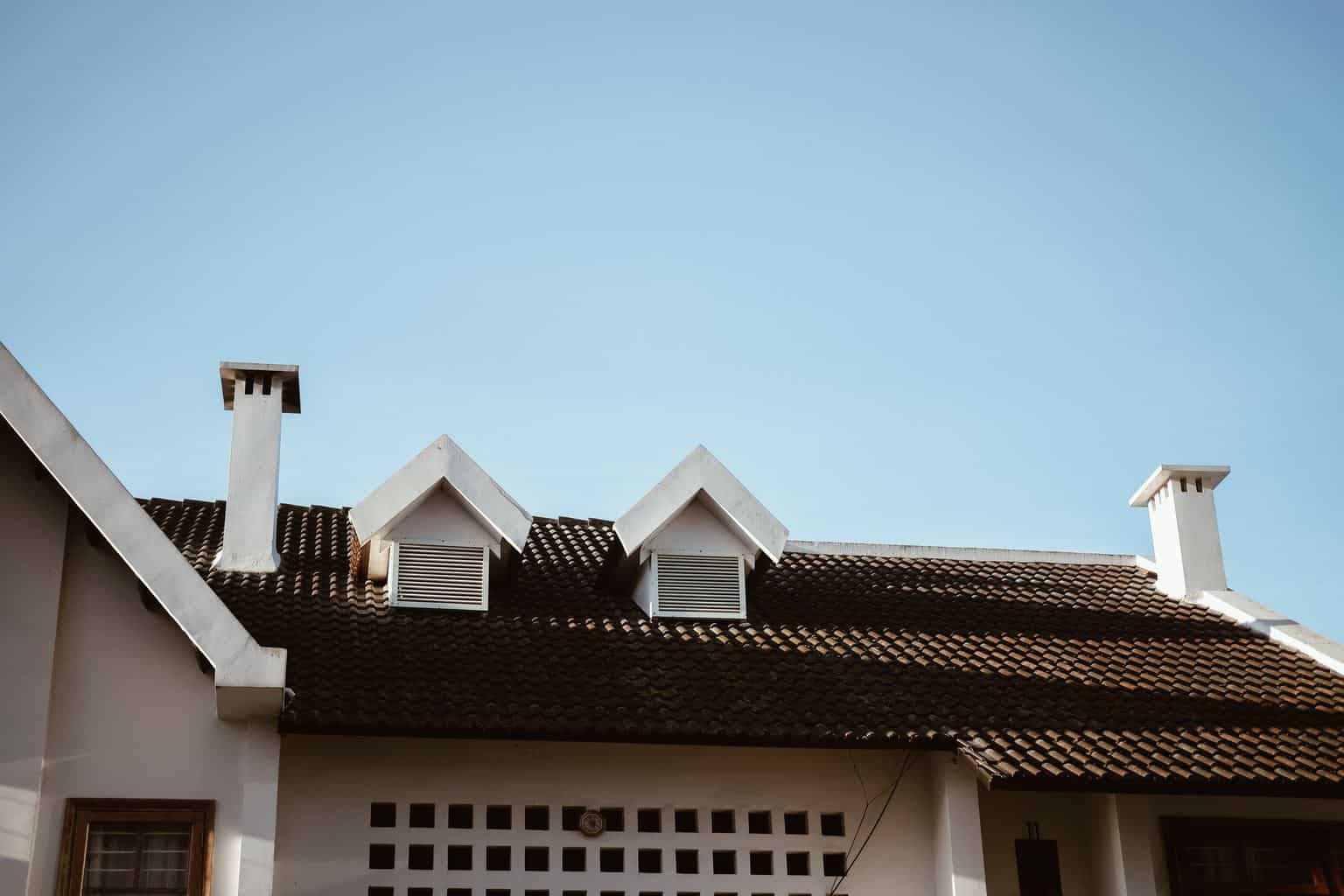4 Signs That May Indicate You Need a New Roof
Water damage is one of every homeowner’s worst nightmares. It’s essential to know the signs of a faulty roof to detect areas of concern early before they escalate.
The truth is, when water is leaking from the ceiling, it’s already a sign your roof or surrounding areas (like the flashing, soffit, and fascia) are failing. By the time the water penetrates through the attic and insulation and gets into your home, the chances are high that you’ve got a significant issue to address.
Learning the early signs of needing a new roof will help you head off concerns; call a professional before your home (and the items under your roof) are damaged. Here are 4 signs that may indicate you need a new roof. If you notice any of them, call a Weather Tight professional for a no-obligation in-home estimate.
4 Signs You May Need a New Roof
1. Leaking & Water Damage
The most obvious sign of a leaking roof is water damage (or dripping water) on your ceiling or upper walls. If you notice dripping, it’s an indication there’s a big issue. It’s essential to look at the source of the leak. For example, water damage to the lower part of a wall, in the basement, or middle of your home may come from a leaking pipe or another source rather than your roof.
The first step toward addressing a ceiling leak is going into the attic and finding the source of the moisture. This investigation will help you determine if the problem is coming from your roof, gutter, soffit, and fascia, or another area of your home.
One thing is for sure—a leak means it’s time to call a professional. Homeowners may attempt DIY measures like patching or caulking to stave off the leak. While DIY efforts are a temporary solution, they ultimately won’t stop the leak if the problem is bigger than patchwork. These DIY hacks can even end up trapping water in your ceiling or in between your walls, leading to even more significant damage down the road. Never use a shortcut to address a leak. If the water is coming from your roof, call someone who will help you find a solution and determine if it’s time for a roof replacement.
2. Bubbling Paint on the Ceiling
Hand-in-hand with water damage is bubbling and cracking ceiling paint. When plaster in the walls becomes damp, the paint on the surface will eventually bubble up and change. You may notice flaking, cracking or discoloration, like black, red, rust, or green spotting. This paint change is usually the first sign of a leaking roof noticed by a homeowner.
Ceiling paint damage should be recognized and addressed quickly. These changes are typically a sign that more considerable damage could come down the road if you ignore the problem. Painting over the damage won’t make the problem go away, either. You need to call a professional to get to the root of the issue.
Again, paint changes don’t always indicate that you need a new roof, but they do show a moisture problem with your home. If there’s water coming in near your chimney or vent, it could mean there’s an issue with the flashing or a compromised seal. While this doesn’t always mean you need a roof replacement, it’s crucial to figure out the source and work on an early solution. If water is getting into your home, the leak has likely been going on for some time. It’s essential to call an expert right away to mitigate the damage!
3. Granules and Shingle Particles in the Gutter
The life of most roofs runs about 15-20 years. This lifespan isn’t a hard and fast rule, though, and it certainly depends on many factors, including the original materials, weather, ventilation in your home, and more. Even though some roofing materials come with a guarantee, improper installation or ventilation may negate a warranty. This dilemma is another reason why it’s so important to choose a professional roof installer you trust.
Older asphalt shingles (and even some low-quality, newer shingles) start to “shed” or lose particles as they age. If you see roof granules and shingle particles in your gutter or surrounding your home, it’s a sign that the shingles have degraded. Shedding shingles means it’s time to consider a new roof sooner rather than later.
In Wisconsin, the harsh winters can be tough on roofs. Houses are heated and cooled frequently, which causes shingles to degrade and decline over time. Winter weather, snow, and ice add to the problem. Icicles can damage your roof and gutters (and often mean your home’s ventilation isn’t working correctly). It’s essential to pay attention to any changes you notice in your shingles.
4. Curling or Blistering Shingles
Another sign that shingles are reaching the end of their life is curling and blistering. You may notice your roof no longer looks flat. The edges of the shingles start to curl up and appear warped or blistered.
To see an example of curling shingles, take a look at this video from Home Improvement Tips from Tod & Todd:
Curling and blistering shingles are especially noticeable in homes without proper ventilation. Because heating and cooling cause expansion and contraction, shingles must be flexible to accommodate these shifts. Eventually, as your roof begins to age, you will notice shingles loosening, curling, and blistering. Your roof may not leak water (yet), but it could mean your roof is damaged and possibly needs replacing.
Curling shingles are a sure sign the roof is beyond its prime and will start to fail over time. You’re better off replacing your roof now before it looks worse or causes further damage to your home. Your Weather Tight professional will address your concerns with the ventilation by using proper soffit and facia, so your new roof will stand the test of time.
These days, there are excellent roofing options built from more durable and longer-lasting materials than roofing materials 15 or 20 years ago. These roofing materials are flexible enough to stand up to harsh conditions, last, and beautify your home. Many affordable options will look great and protect your home for years to come.
If you see any of these signs of a failing roof, contact your Weather Tight representative for a free, no-obligation estimate. We’ll come out, discuss your options, and help you decide on the best solution for your home and situation.

 414-459-3874
414-459-3874






















 Text Us!
Text Us!
